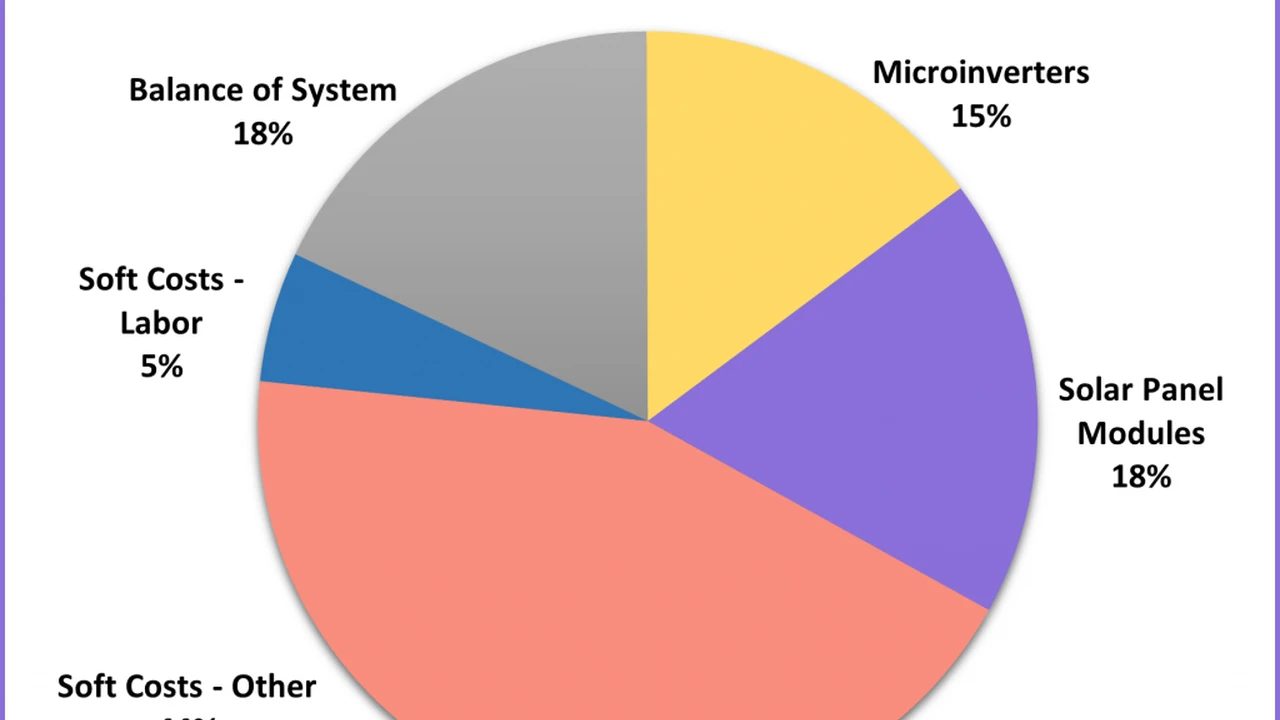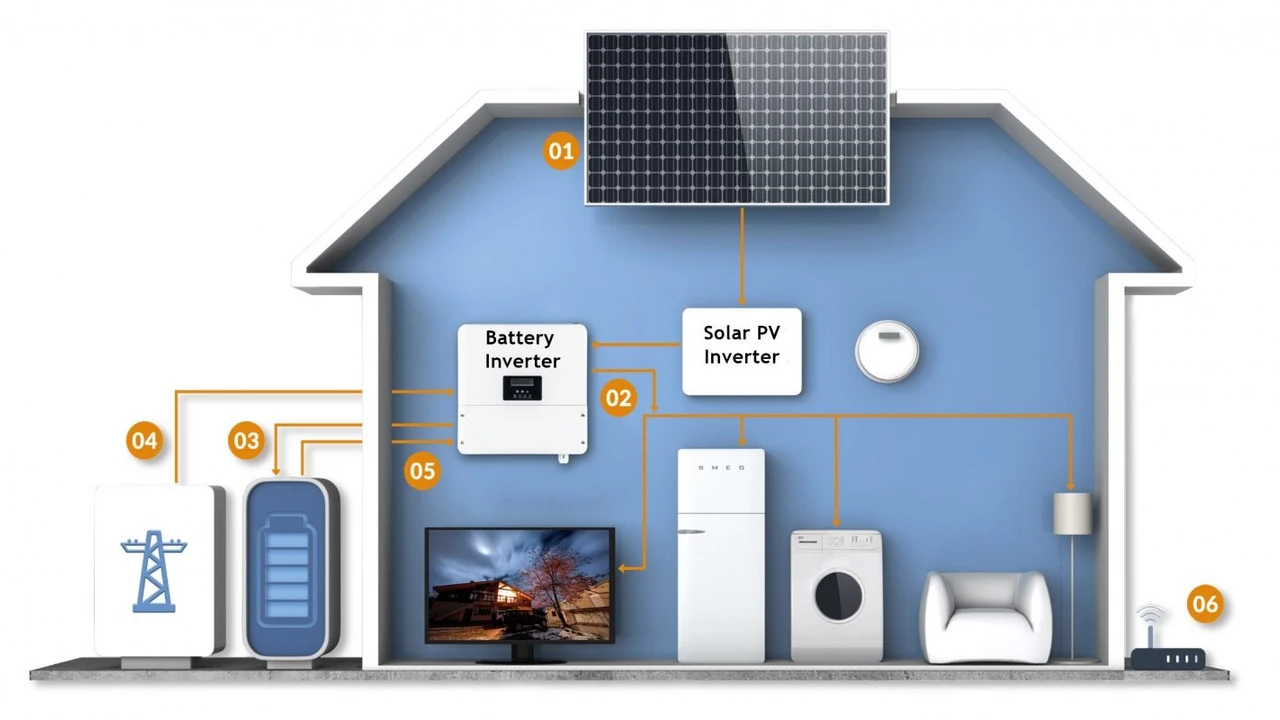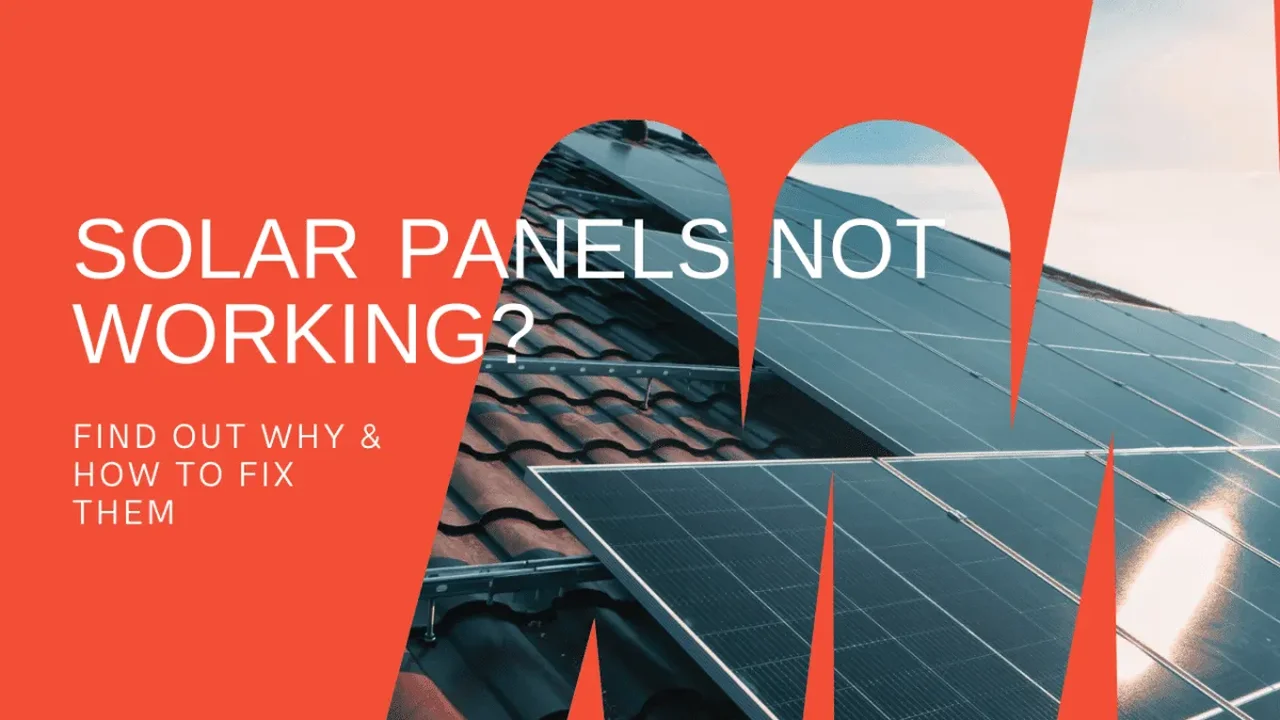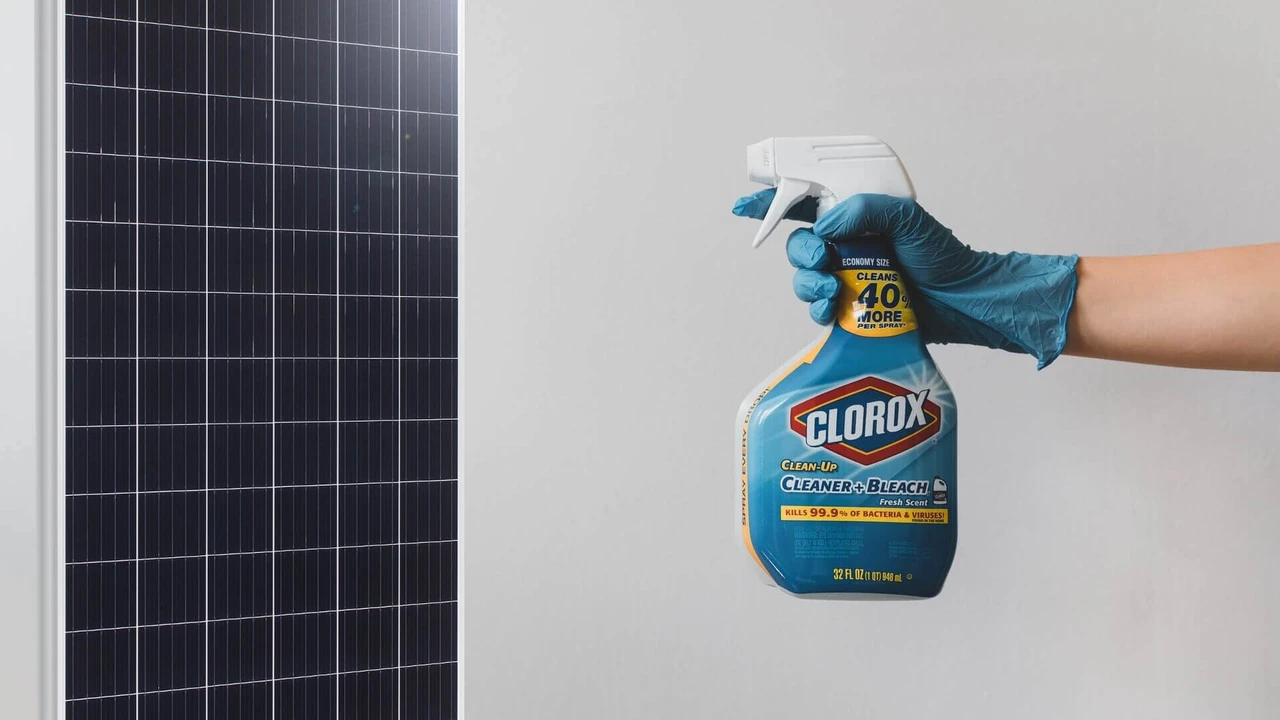Solar Panel and Performance-Based Incentives: Earning Rewards
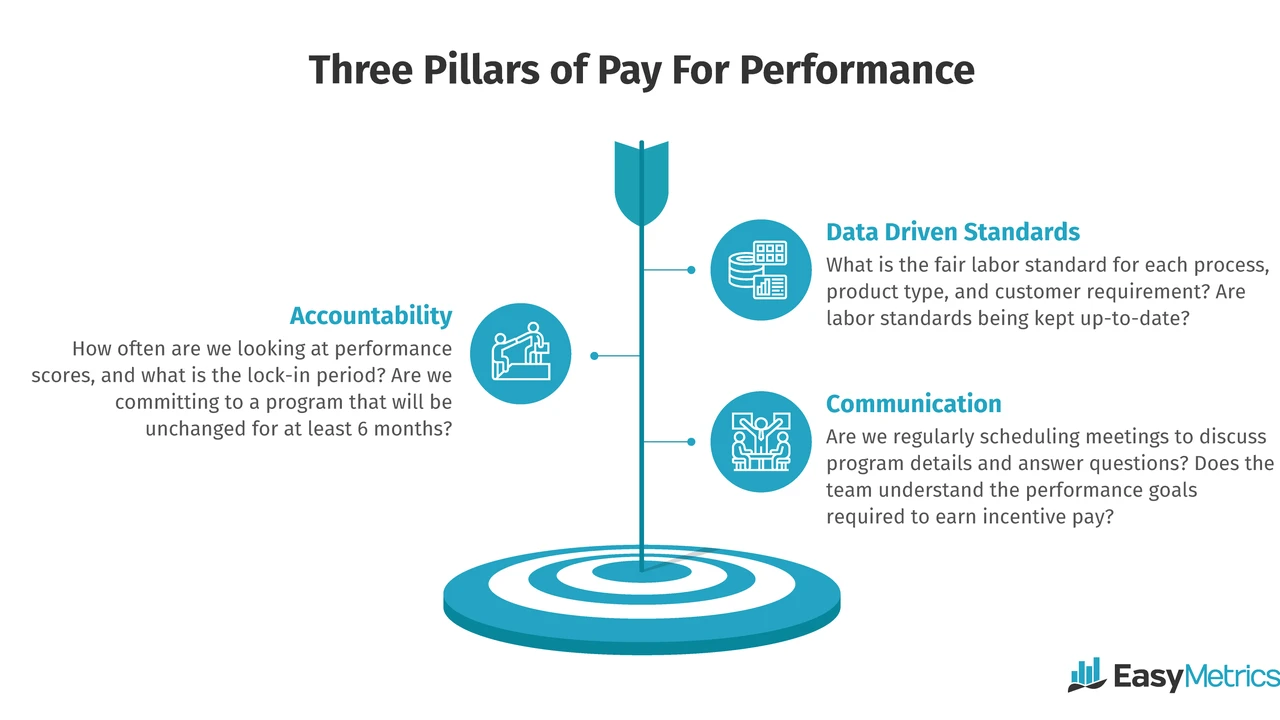
Understanding Performance-Based Incentives PBIs for Solar Energy
Alright, let's dive into Performance-Based Incentives (PBIs) for solar energy. Think of them as little rewards for your solar panels doing a good job. Instead of just getting money upfront, you get paid based on how much electricity your solar system actually produces. Pretty cool, right? This encourages you to keep your system in tip-top shape and get the most juice out of those sun rays.
PBIs are a great way to boost the financial attractiveness of solar energy. They provide an ongoing stream of income, making solar a more predictable and profitable investment. Plus, they align the incentives of the homeowner or business with the performance of the solar system. Everybody wins!
How Solar Performance-Based Incentives PBIs Actually Work
So, how does this whole PBI thing actually work? Basically, your utility company (or a third-party administrator) keeps track of how much electricity your solar panels generate. They usually do this with a fancy meter that's connected to your system. Then, they pay you a certain amount for each kilowatt-hour (kWh) of electricity produced. The amount you get paid per kWh can vary depending on the program and where you live.
Let's say you have a 5kW solar system and it produces 6,000 kWh of electricity in a year. If your PBI is $0.05 per kWh, you'd earn $300 in incentives that year (6,000 kWh x $0.05/kWh = $300). Not bad for just letting the sun do its thing!
Benefits of Solar Panel Performance-Based Incentives PBIs
Why should you care about PBIs? Well, there are a bunch of benefits:
- Increased ROI: PBIs can significantly improve the return on investment for your solar system. The ongoing payments help offset the initial cost and make solar more affordable.
- Long-Term Financial Security: The steady income from PBIs can provide a reliable source of revenue for years to come. Think of it as a little solar-powered annuity.
- Optimized System Performance: Because you're getting paid based on production, you're incentivized to keep your system running efficiently. This means regular maintenance and making sure your panels are clean.
- Environmental Benefits: More solar power means less reliance on fossil fuels. PBIs help encourage the adoption of clean energy and reduce carbon emissions.
Key Considerations for Performance-Based Incentive Programs Understanding Eligibility
Before you get too excited, there are a few things to keep in mind about PBI programs:
- Availability: PBIs aren't available everywhere. They're typically offered by state governments, utility companies, or local municipalities. You'll need to check what's available in your area.
- Eligibility Requirements: There are usually specific requirements for participating in a PBI program. This might include things like system size, installation standards, and interconnection agreements.
- Payment Structure: The payment structure can vary. Some programs pay monthly, while others pay quarterly or annually. Make sure you understand how you'll be receiving your payments.
- Program Duration: PBI programs usually have a set duration, such as 5 or 10 years. After that, the incentives will end.
Exploring Different Types of Solar Panels Ideal for Maximizing PBI Rewards
Choosing the right solar panels is crucial for maximizing your PBI earnings. You want panels that are highly efficient and durable, so they can produce as much electricity as possible over their lifespan. Here are a few types to consider:
- Monocrystalline Panels: These are the most efficient type of solar panel, converting a higher percentage of sunlight into electricity. They're a bit more expensive, but they'll generate more power per square foot, making them a good choice if you have limited roof space.
- Polycrystalline Panels: These are a bit less efficient than monocrystalline panels, but they're also more affordable. They're a good option if you're on a budget and have plenty of roof space.
- Thin-Film Panels: These are the least efficient type of solar panel, but they're also the most flexible and lightweight. They're often used on curved surfaces or in situations where weight is a concern.
Recommended Solar Panel Products for PBI Optimization Detailed Reviews and Specifications
Alright, let's get down to some specific product recommendations. Keep in mind that prices can vary depending on your location and installer, so these are just estimates. Also, always research and compare different models before making a purchase.
SunPower Maxeon 6 Solar Panels High Efficiency for Maximum PBI Returns
Description: SunPower Maxeon panels are known for their industry-leading efficiency and durability. They're a top choice for homeowners who want to maximize their energy production and PBI earnings.
Key Features:
- High efficiency (up to 22.8%)
- Industry-leading warranty (25 years)
- Sleek, all-black design
- Resistant to shading and hot spots
Use Cases: Ideal for homes with limited roof space or those seeking maximum energy production. Also great for areas with high electricity rates.
Price: Approximately $3.00 - $4.00 per watt.
LG NeON 2 Black Solar Panels Reliable Performance and Aesthetic Appeal
Description: LG NeON 2 Black panels offer a great balance of performance, reliability, and aesthetics. They're a popular choice for homeowners who want a high-quality solar system that looks good on their roof.
Key Features:
- High efficiency (up to 21.4%)
- 25-year product and performance warranty
- Enhanced low-light performance
- Durable design that can withstand harsh weather conditions
Use Cases: Suitable for a wide range of residential applications. Good choice for homes in areas with varying weather conditions.
Price: Approximately $2.80 - $3.50 per watt.
Panasonic EverVolt Solar Panels High Power Output and Long Lifespan
Description: Panasonic EverVolt panels are designed for high power output and long-term reliability. They're a great option for homeowners who want a solar system that will last for decades.
Key Features:
- High efficiency (up to 20.6%)
- 25-year product and performance warranty
- Excellent temperature coefficient (performs well in hot climates)
- Robust design for long-term durability
Use Cases: Well-suited for homes in hot climates or those seeking a long-lasting solar solution.
Price: Approximately $2.70 - $3.40 per watt.
Comparing Solar Panel Products Performance Efficiency and Cost Analysis
Let's break down a quick comparison table:
| Panel | Efficiency | Warranty | Price (per watt) |
|---|---|---|---|
| SunPower Maxeon 6 | Up to 22.8% | 25 years | $3.00 - $4.00 |
| LG NeON 2 Black | Up to 21.4% | 25 years | $2.80 - $3.50 |
| Panasonic EverVolt | Up to 20.6% | 25 years | $2.70 - $3.40 |
As you can see, SunPower offers the highest efficiency, but also comes with a higher price tag. LG and Panasonic are good alternatives that provide excellent performance at a slightly lower cost. Choosing the right panel depends on your specific needs and budget.
Installation Considerations for Optimal Solar Panel Performance and PBI Eligibility
Proper installation is key to maximizing your solar panel's performance and ensuring you're eligible for PBIs. Here are a few things to keep in mind:
- Panel Orientation and Tilt: The direction your panels face (orientation) and the angle at which they're tilted (tilt) can significantly impact their energy production. Your installer will determine the optimal orientation and tilt based on your location and the position of the sun.
- Shading: Avoid shading from trees, buildings, or other obstructions. Even partial shading can reduce your system's output.
- Interconnection: Your solar system needs to be properly connected to the grid to receive PBI payments. Your installer will work with your utility company to ensure a seamless interconnection process.
- Monitoring System: Most PBI programs require you to have a monitoring system that tracks your system's energy production. This data is used to calculate your incentive payments.
Maintenance Tips for Sustaining Solar Panel Performance and Maximizing PBI Rewards
Taking care of your solar panels is important for keeping them running efficiently and maximizing your PBI rewards. Here are a few simple maintenance tips:
- Cleaning: Regularly clean your solar panels to remove dirt, dust, and debris. You can usually do this with a garden hose and a soft brush.
- Inspection: Inspect your panels regularly for any signs of damage, such as cracks or loose connections.
- Vegetation Control: Keep trees and bushes trimmed to prevent them from shading your panels.
- Professional Maintenance: Consider scheduling a professional maintenance check every few years to ensure your system is running optimally.
Understanding Solar Inverter Technology and its Impact on PBI Earnings
The inverter is a crucial component of your solar system. It converts the DC electricity generated by your solar panels into AC electricity that can be used by your home or fed back into the grid. The efficiency of your inverter can impact your PBI earnings, so it's important to choose a high-quality model. Microinverters and string inverters are the two main types. Microinverters are installed on each individual panel, while string inverters are connected to a string of panels. Microinverters are generally more efficient and reliable, but they're also more expensive.
Financing Options for Solar Panel Systems Leveraging PBI to Reduce Upfront Costs
Solar panel systems can be a significant investment, but there are several financing options available to help make them more affordable. Leasing, power purchase agreements (PPAs), and solar loans are the most common. PBIs can be factored into your financial calculations to show how much you'll save over the system's lifetime, making it easier to justify the initial investment. Consider how the PBI income will impact your ability to repay a loan, for example.
Future Trends in Solar Panel Technology and Performance-Based Incentives
The solar industry is constantly evolving, with new technologies and incentives emerging all the time. Keep an eye on advancements in panel efficiency, battery storage, and smart grid technologies. As solar becomes more widespread, we may see even more innovative PBI programs designed to reward homeowners and businesses for their contributions to a cleaner energy future. Stay informed and be ready to adapt to the changing landscape!
:max_bytes(150000):strip_icc()/277019-baked-pork-chops-with-cream-of-mushroom-soup-DDMFS-beauty-4x3-BG-7505-5762b731cf30447d9cbbbbbf387beafa.jpg)



